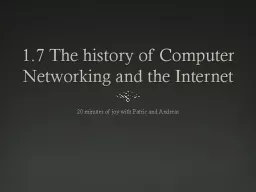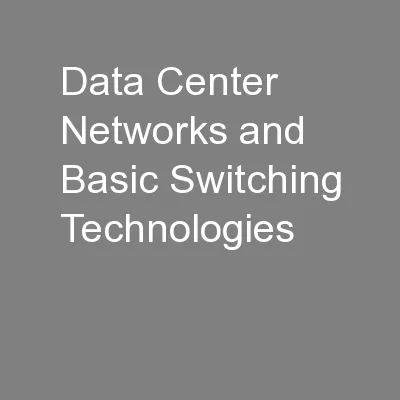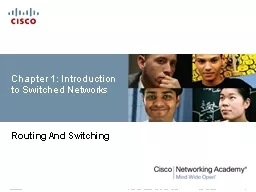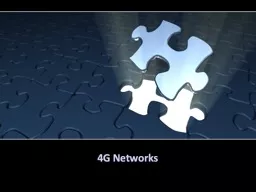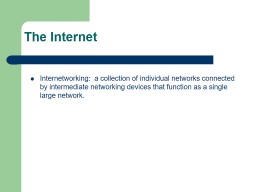PPT-Data Center Networks and Basic Switching Technologies
Author : mitsue-stanley | Published Date : 2017-08-30
Hakim Weatherspoon Assistant Professor Dept of Computer Science CS 5413 High Performance Systems and Networking February 27 2017 Slides used and adapted judiciously
Presentation Embed Code
Download Presentation
Download Presentation The PPT/PDF document "Data Center Networks and Basic Switching..." is the property of its rightful owner. Permission is granted to download and print the materials on this website for personal, non-commercial use only, and to display it on your personal computer provided you do not modify the materials and that you retain all copyright notices contained in the materials. By downloading content from our website, you accept the terms of this agreement.
Data Center Networks and Basic Switching Technologies: Transcript
Download Rules Of Document
"Data Center Networks and Basic Switching Technologies"The content belongs to its owner. You may download and print it for personal use, without modification, and keep all copyright notices. By downloading, you agree to these terms.
Related Documents


